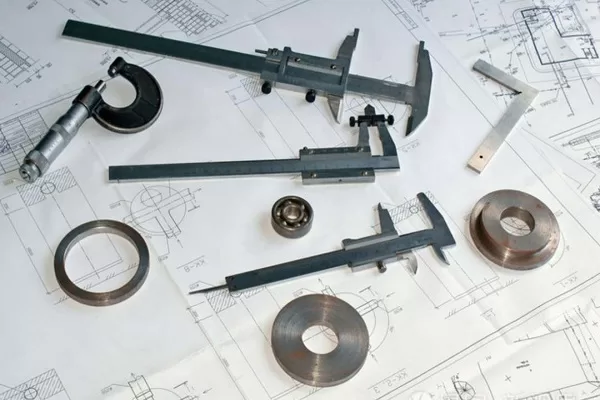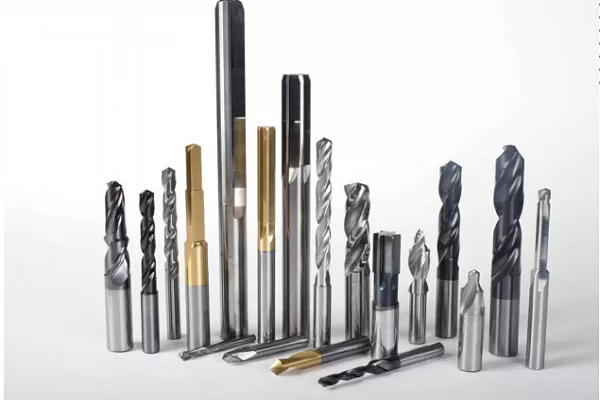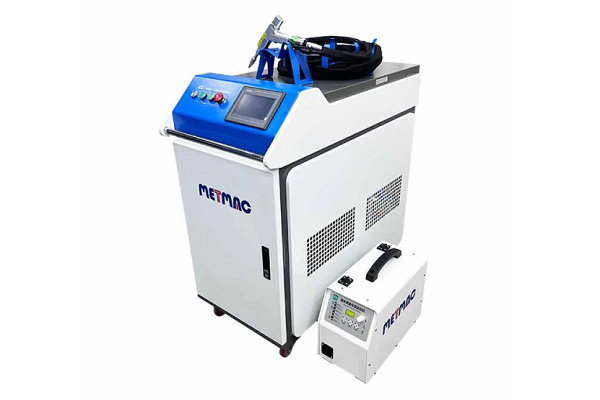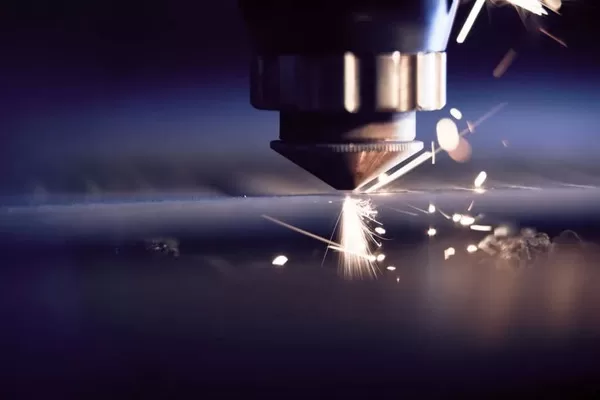
Precision Performance- Achieving Accurate Bends with Sheet Metal Folding Machines
- By:Metmac
- 2024-04-29
- 89
Sheet metal folding machines are a vital piece of equipment in many industrial settings, used to create precise bends in metal sheets for various applications. To ensure optimal performance and accurate bends, manufacturers and operators must understand the key factors that contribute to precision. This article delves into the multifaceted aspects of achieving accurate bends with sheet metal folding machines, highlighting the techniques, technologies, and considerations essential for consistently high-quality results.
Proper Machine Setup
The foundation for accurate bending lies in proper machine setup. This involves calibrating the machine to ensure that the bending beam, table, and other components are aligned correctly. The workpiece should be securely clamped in place to prevent slippage during the bending process. Additionally, selecting the appropriate tooling for the material and thickness of the sheet metal is crucial for achieving desired bend radii.
Tooling Selection
The choice of tooling plays a significant role in bend accuracy. Different types of tooling, such as V-dies, U-dies, and radius dies, are designed for specific bend applications. The width and depth of the die should be carefully considered to ensure that the sheet metal is properly supported and bent to the desired angle. Additionally, using sharp and well-maintained tooling minimizes the risk of deformation or damage to the workpiece.
Material Considerations
The properties of the sheet metal being bent can also impact accuracy. Factors such as material thickness, tensile strength, and grain orientation can affect the bending process. Thicker materials may require multiple bending operations or specialized tooling to achieve precise bends. Understanding the material’s properties and adjusting the machine parameters accordingly are essential for producing desired results.
Precision Measurement
Accurate measurement is critical for achieving precise bends. Before bending, the workpiece should be carefully measured and marked to indicate the desired bend location. Using a high-quality measuring tool, such as a laser measuring device or a digital height gauge, ensures that the bend is made to the exact specifications.
Post-Bending Inspection
After bending, the workpiece should be inspected thoroughly to verify its accuracy. This involves using appropriate measuring tools, such as a protractor or bend angle gauge, to ensure that the bend angle and radius meet the required tolerances. Additionally, visual inspection for any defects or deformations is essential to ensure the workpiece meets quality standards.
Conclusion
Achieving accurate bends with sheet metal folding machines requires a comprehensive approach that encompasses proper machine setup, careful tooling selection, consideration of material properties, precise measurement, and thorough post-bending inspection. By implementing these best practices, manufacturers can consistently produce高质
-
The Advantages of Using a Sheet Roll Forming Machine in Manufacturing
2024/09/14 -
How to Optimize Your Laser Sheet Cutting Machine for Maximum Performance
2024/09/12 -
How to Maximize Efficiency with Modern Sheet Metal Working Machines
2024/09/04 -
The Environmental Benefits of Using Duct Board Grooving Machines
2024/09/03
-
A Guide to the Latest Innovations in Sheet Metal Folding Machines
2024/11/29 -
Key Features to Consider When Investing in a Sheet Metal Folding Machine
2024/11/28 -
Enhancing Precision with Advanced Sheet Metal Folding Machines
2024/11/27 -
How to Choose the Right Sheet Metal Folding Machine for Your Workshop
2024/11/26



